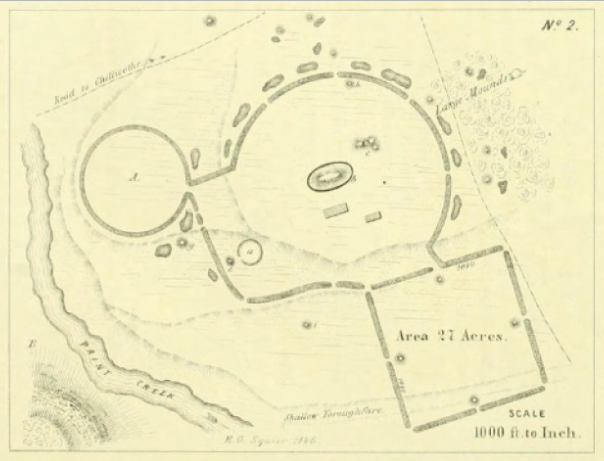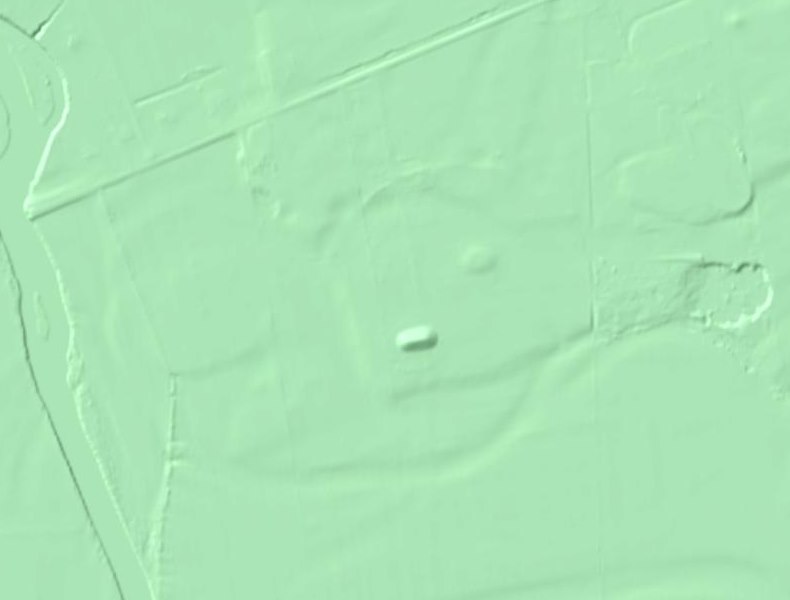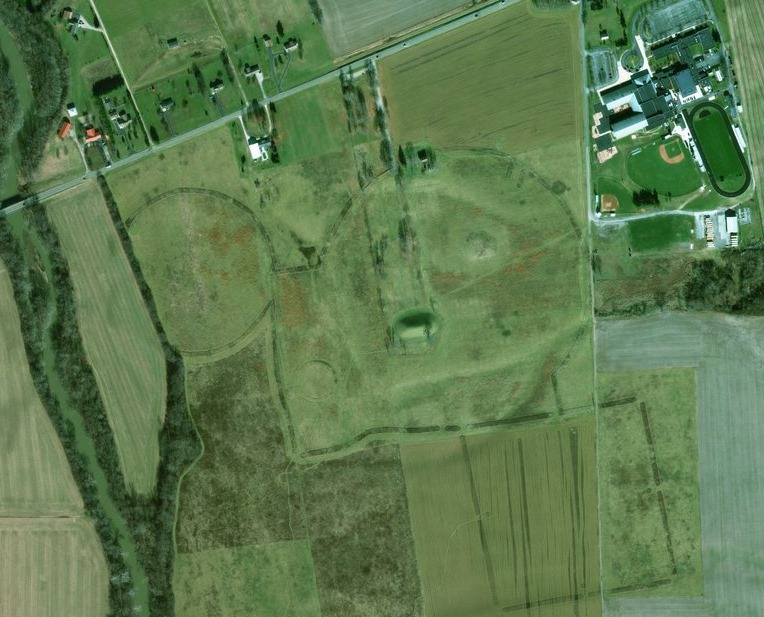Seip Works
The Seip Earthworks is a prehistoric Native American earthwork site located in Ross County, Ohio. The site is part of the Hopewell Culture National Historical Park, which is administered by the National Park Service. The earthworks were constructed between 100 BCE and 500 CE by the Hopewell culture, which was known for its elaborate burial mounds and ceremonial earthworks.
The site consists of a series of geometric earthworks, including a large circle, a square, and several smaller circles and squares. The earthworks were built by piling up dirt and gravel into walls and mounds, which would have been visible from a distance and would have had a powerful visual impact on anyone who saw them. The purpose of the earthworks is not known, but they are thought to have had a ceremonial or religious significance.
The Seip Earthworks were first discovered in the 19th century by pioneers and explorers. In the early 20th century, the site was excavated by archaeologists, who uncovered evidence of habitation and ritual activity at the site. They found artifacts such as stone tools, pottery, and animal bones, as well as evidence of burials and other ceremonial activities.
The earthworks were named after James Seip, a local landowner who donated the site to the Ohio Historical Society in 1923. Since then, the site has been managed by the National Park Service.
Google MapSeip GIS
Seip EarthworkResearchPublicationsPapersArticles
Colrain
Butler Co Circle
Pleasent Run
Fortified Hill
Line Hill
Alexandersville
Cincinnati
Mariemont
Turner Group
Camden
Milford
Fosters
Stubbs
Fort Ancient
Perintown
Stonelick
Batavia
Elklick
Eastfork



